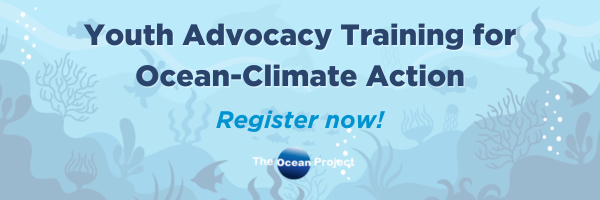Alex Williams of the New York Times reports on the phenomenon of green noise – static caused by urgent, sometimes vexing or even contradictory information played at too high a volume for too long.
Two years after “An Inconvenient Truth” helped unleash a new tide of environmental activism, green noise pulses through the collective consciousness from all directions. The news media issues dire reports about disappearing polar bears; Web sites feature Brad Pitt arriving at a movie premiere in his hydrogen-powered BMW; bookstore shelves are piled high with titles like “50 Simple Things You Can Do to Save the Earth”; shops carry hemp-enriched shampoo and 100-percent organic cotton tampons.
An environmentally conscientious consumer is left to wonder: are low-energy compact fluorescent bulbs better than standard incandescents, even if they contain traces of mercury? Which salad is more earth-friendly, the one made with organic mixed greens trucked from thousands of miles away, or the one with lettuce raised on nearby industrial farms? Should they support nuclear power as a clean alternative to coal?
If even well-intentioned activists are feeling overwhelmed, the average S.U.V. driver must be tuning out. And some environmentalists fear that the public might begin to ignore their message before any meaningful change can be accomplished. For them, it’s a time to reassess strategies and streamline their campaigns before it’s too late.
Activists and nonprofits must shoulder their share of responsibility, too, for bombarding people with messages. “The groups that are trying to get them to change overwhelm them with information,” said Diane Tompkins, a founder of the Curious Company, a market research firm based in San Francisco.
Read the full story.
For more interesting conversation on this topic, check out Dot Earth.



